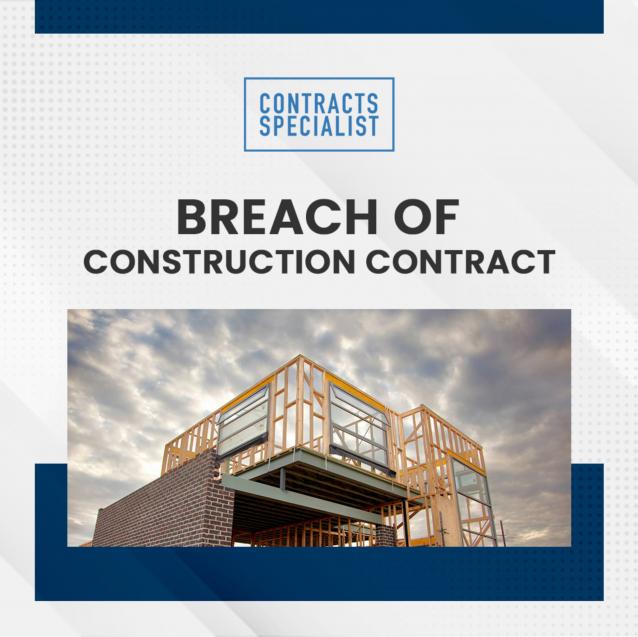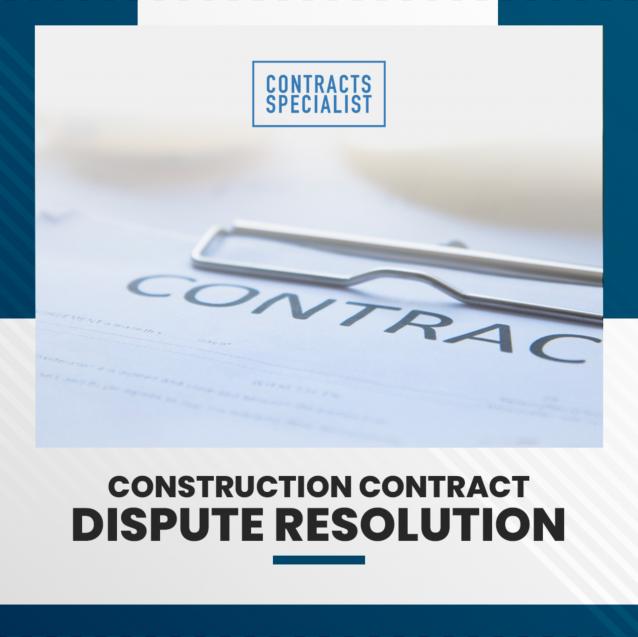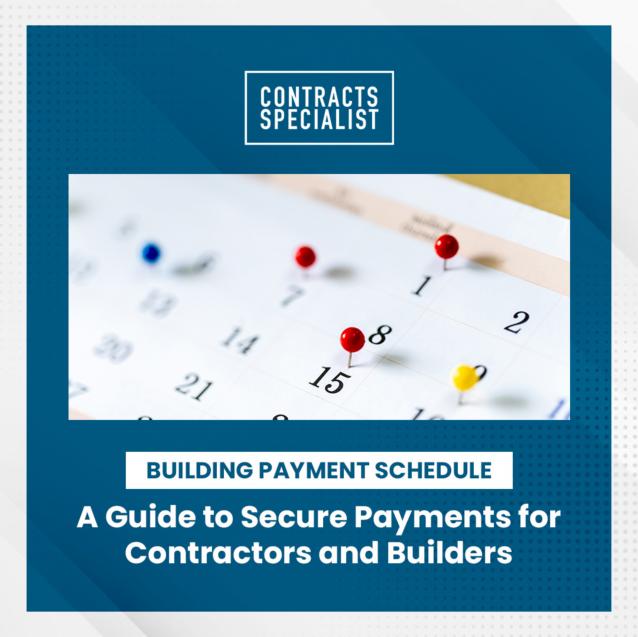
Claiming Retention Money for Construction
By Contracts Specialist|May 24, 2022
Retention payments are a percentage of payments owed by a builder to a subcontractor. They are typically withheld until practical completion, and until defects are rectified. The remaining percentage of funds are normally released at the end of the Defects Liability Period.
This set-up ensures that the owner will be protected from paying extra for delays and defects because time frames apply on the exact date that a subcontractor could claim it..
Retention clauses are common in contracts to ensure that both parties follow through on their agreed schedule. Once the amount agreed upon has been paid back, any leftover funds will be refunded accordingly and without interest rates attached.
The retention money for large construction projects is a must. The head contractor has to maintain it and provide annual statements so that Fair Trading can monitor its progress.
The head contractor is responsible for withdrawing money to the trust fund as agreed in their contract. Meaning, what you and them have set forth will stand when it comes time getting these funds.
Given the retention clause, you have the right, as a subcontractor, to:
Retention money is a subcontractor’s right, which they may claim in their payment claim under the Security of Payment Act.
The law now prohibits a common contract clause that requires “pay when paid.” Even though a contractor or subcontractor has been compensated for their work, head contractors and builders are still obligated to give back any retention money owed during the defects liability period- even if it has not yet passed.
Why hold retention money?
In order to protect the builder or principal contractor in situations where their subcontractors just run off with all of this money, they may withhold it as prescribed by contract or through a payment withholding request during adjudication.
But, they should not hold this money forever. A subbie deserves to be paid with the retention money when it is due for any of the following reasons:
To prevent subcontractors from demanding payment, review your contract clause on retention and be sure to include it in any future contracts with them.
Claiming Retention Money
If you issue a payment claim, make sure that the builder/head contractor/ principal contractor takes responsibility in paying. You can include an amount for retention if it is stated in their subcontract statement. Also let them know how long they have until this paycheck goes into effect so there will be no surprises.
If they pay you within the payment schedule, then that’s good! But if not- take it to arbitration or adjudication.
This set-up ensures that the owner will be protected from paying extra for delays and defects because time frames apply on the exact date that a subcontractor could claim it..
Retention clauses are common in contracts to ensure that both parties follow through on their agreed schedule. Once the amount agreed upon has been paid back, any leftover funds will be refunded accordingly and without interest rates attached.
The retention money for large construction projects is a must. The head contractor has to maintain it and provide annual statements so that Fair Trading can monitor its progress.
The head contractor is responsible for withdrawing money to the trust fund as agreed in their contract. Meaning, what you and them have set forth will stand when it comes time getting these funds.
Given the retention clause, you have the right, as a subcontractor, to:
- Issue a payment claim for the retention money;
- Avoid ‘pay when paid’ contract provisions and;
- Enforce your rights on retention money.
Retention money is a subcontractor’s right, which they may claim in their payment claim under the Security of Payment Act.
The law now prohibits a common contract clause that requires “pay when paid.” Even though a contractor or subcontractor has been compensated for their work, head contractors and builders are still obligated to give back any retention money owed during the defects liability period- even if it has not yet passed.
Why hold retention money?
In order to protect the builder or principal contractor in situations where their subcontractors just run off with all of this money, they may withhold it as prescribed by contract or through a payment withholding request during adjudication.
But, they should not hold this money forever. A subbie deserves to be paid with the retention money when it is due for any of the following reasons:
- There is an ongoing adjudication application but it becomes withdrawn;
- The payment claim has been paid as a response;
- The payment dispute is being resolved through debt recovery instead of adjudication and;
- 20 business days has elapsed since the adjudication application has been processed.
To prevent subcontractors from demanding payment, review your contract clause on retention and be sure to include it in any future contracts with them.
Claiming Retention Money
If you issue a payment claim, make sure that the builder/head contractor/ principal contractor takes responsibility in paying. You can include an amount for retention if it is stated in their subcontract statement. Also let them know how long they have until this paycheck goes into effect so there will be no surprises.
If they pay you within the payment schedule, then that’s good! But if not- take it to arbitration or adjudication.



